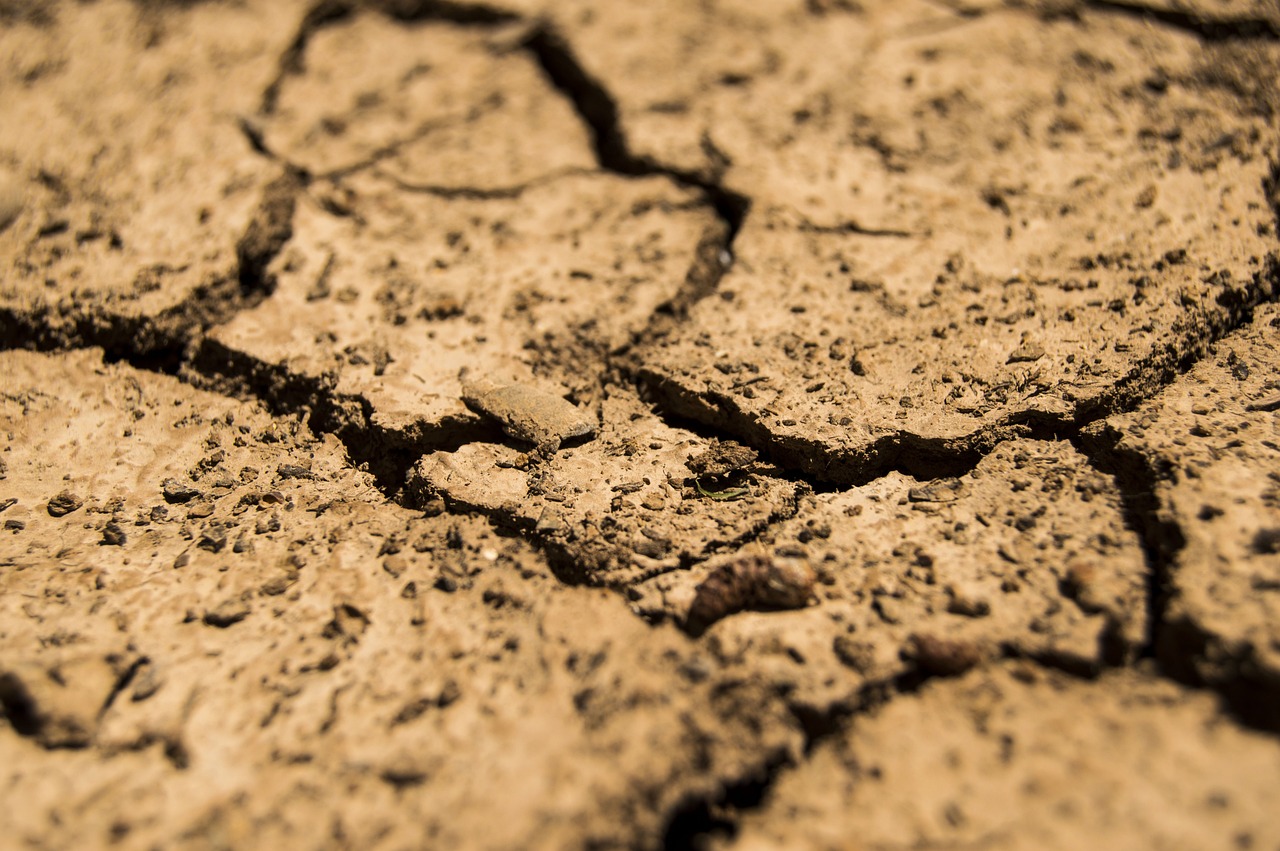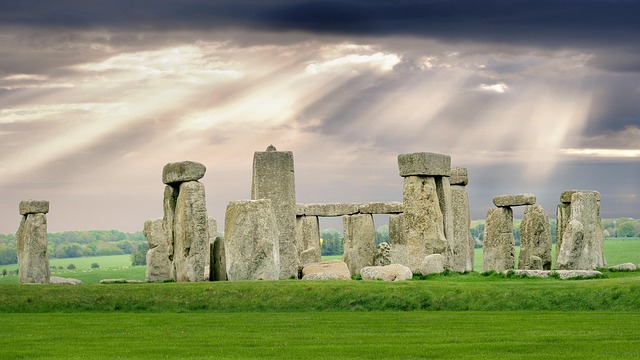【Archaeology】An Annotated WWII Underwater Archaeology Bibliography
With four decades of WWII underwater archaeology publications, the time is nigh to create a comprehensive bibliography and conduct an analysis of tren... [more]
With four decades of WWII underwater archaeology publications, the time is nigh to create a comprehensive bibliography and conduct an analysis of tren... [more]
The majority of Boston's residents are minorities. These minority residents confront the ongoing effects of racism, including the hard histories of e... [more]
Neutron activation analysis is a powerful quantitative analytical technique with application in a broad range of disciplines such as agriculture, archaeology, geochemistry, health and human nutrition, environmental monitoring and semiconductor technology.
Small catalogues of reference Raman spectra of interest for analysing geomaterials or biomaterials of relevance to art history or archaeology are gradually being published by different research groups. However, except for some older catalogues, they are a
Anthropological research reveals that the scale and complexity of Australian indigenous seascapes correlate with the scale and complexity of spiritual engagements with the sea and use of its resources. Marine specialists see and represent themselves as Sa
Material finds are the main source of archaeological knowledge. The scientific analysis of found objects can help to interpret many aspects of archaeological interest, like production and manufacturing processes or provenance. Such insights can often be u
A general overview of hunter-gatherer archaeology in South America is given by recognizing the main problems in a South American context. Environmental framework and Paleoecological changes are summarized. Pleistocene and Holocene archaeology is reviewed

Archaeologists often encounter problems in interpreting the genesis of layers and the context in which specific materials occur in excavations. Field visits of geologists, soil scientists or biologists can solve a number of questions, but often, problems
Most recent summaries of eastern Beringian (Alaska and Yukon) archaeology present the Nenana complex, beginning 11,500-12,000 C-14 yr B.P., as the beginning of the regional archaeological record. Either explicitly or tacitly, these summaries dismiss or ig
This article uses images from the archive of John Goodwin, one of the first professional archaeologists in sub-Saharan Africa, to open up a set of questions around relations of work in archaeology--in particular, practices involving the use of 'native'
Applied cross-cultural archaeology must be recognized as an essential step in the development of a reflexive, multi-vocal interpretation of the past. Projects like Ian Hodder's excavations at Catalhoytuk that actually address these issues, however, are s
Ancient DNA research from its inception in the 1980s is reviewed in the context of pre-Columbian archaeology. Changing approaches to the recovery of DNA from human remains are followed, and the accumulated records considered in the light of hypotheses abo
Aerial photography for archaeology has been developing its approaches and techniques over the past 100 years so that it now integrates the results of reconnaissance with extensive interpretative and analytical surveys. This paper introduces the philosophy
The move towards public archaeology counsels archaeologists to work participatively, placing a high priority on educational and developmental activities with local communities in order to share the means of production of historical knowledge and promote t
Abundant archaeological evidence and specific geomorphologic features make the upper course of the Ljublianica River running through Ljubljana Moor (Slovenia) one of the most interesting rivers in Europe. Roman bronze vessels and iron weapons found by cha

Roman archaeological research in Britain has undergone a revolution in recent years, becoming a theoretically-informed subdiscipline exploring exception ally rich data sets in new ways. It has a great deal to offer the rest of archaeology: however, it rem
Zooarchaeologists have established several criteria for differentiating hominid- and hyena-derived faunal assemblages. In some cases, however, the patterns of skeletal part representation and bone surface modification on which these criteria are ultimatel